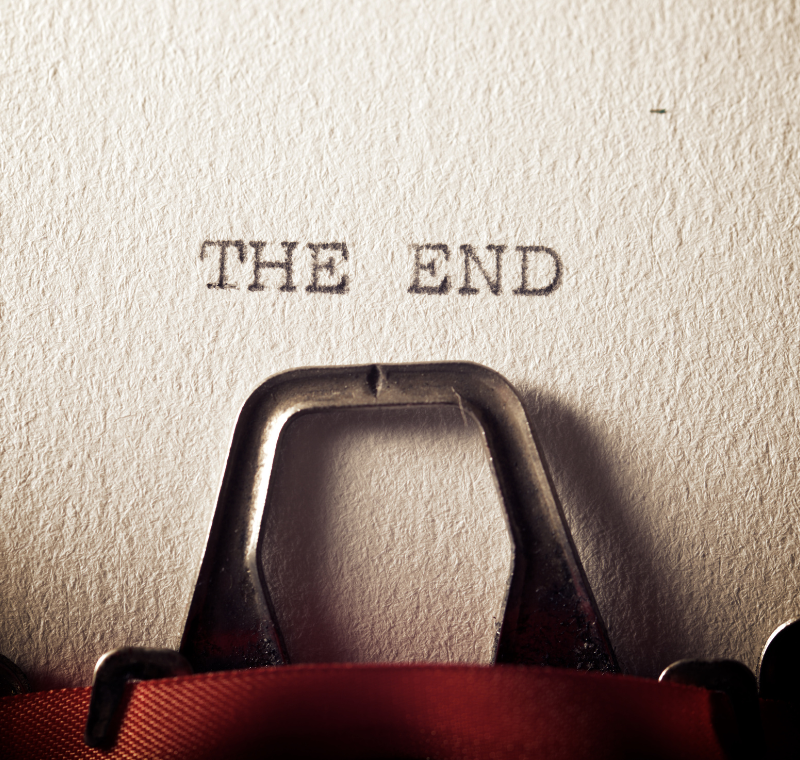Setting the scene for any adventure is critical. It draws players into your story, sets expectations of what is to come, and intrigues them to continue. For one-shots, which are short, you need to be even more concise, quickly painting an immersive picture before serving the adventure hook.
So how can you achieve that?
Theme, Tone & Mood-Setting
Start with deciding what type of story you want to tell.
Theme is the “big idea” or question your story poses, through the choices presented to your players. Theme can emerge from player actions, but having an intentional theme can add meaning to your one-shot, and help elevate it past “let’s kill some orcs.” Theme also refers to the genre, aesthetic or ambience of a setting. This latter definition is what we’re focused on now.
Choosing an aesthetic theme for your one-shot can spark ideas for setting the scene. Are you aiming for an epic fantasy adventure, or a murder mystery? Eldritch horror has a very particular feel to it, and so does space opera.
Here are some tips on choosing a theme for your one-shot:
- Think about the type of story you intend to tell. Do you want a story about heroes and villains? Or ordinary people caught up in extraordinary events?
- Determine the mood & tone you want to convey. Do you want a light-hearted, wholesome adventure? Or would you prefer a dark and suspenseful thriller?
- Consider the mood & tone your players enjoy. You may not know this, but it’s worth keeping in mind. Will they appreciate the gritty, noir atmosphere you have planned? Or is a whimsical, wondrous, or even a silly vibe a better fit for your party?
- Is there a theme suggested by the location, or even the monsters the parties will be fighting? For example, are they battling fae, or eldritch tentacled beasts, or hordes of the undead?

Initial RPG & DnD Setting Ideas for Your One-Shot
Once you have a theme, mood and tone sorted out, it’s time to consider the location where this adventure begins.
Some of this will naturally flow from your theme. Depending on the type of story you intend to tell, the tavern in a small village, an alley in a gritty modern city, or a public space in a sprawling space port might make logical sense as the place where the characters meet and start the story.
Then think beyond that initial scene, to the bigger milieu of your story and how it connects to your plot. For a murder mystery, perhaps set your adventure in a small town, full of suspicious and distrustful neighbours, all pointing fingers at each other.
Notice that in all these examples, the setting features are carefully chosen to mesh with the type of adventure. This is a really smart idea – it helps you tell the most concentrated version of your story, and immerse your players in the theme right from the beginning.
Another pro tip for quickly generating RPG or DnD setting ideas? You can inject a tonne of character into a location with just two statements:
- What was this place in the past? (e.g. a monster infested wasteland, a successful dwarven mining colony, a necropolis to a forgotten god).
- What is this place now? (e.g. a burgeoning frontier town, a shanty town, a city of the dead ruled by a lich king).
Any contrast between past and present sets up a simple history, which shows its mark on the location. For example:
The ruined dwarven fort is now a thriving Kobold town (oh, but don’t go down that corridor, something there eats people).
The monster infested wasteland is a recent frontier town, with fragile, shack-like buildings but a very strong defensive wall.
The abandoned holy city has been revived by refugees, with fragments of sacred architecture used to rebuild houses, and faceless marble statues propping up gates, or repurposed as street signs.
These locations have so much more character than simply “a village” or “a town”, and also set expectations for the kind of adventure you’re going to have.
Once you’ve chosen a theme and a location, you can outline a few telling details for your one-shot prep. What does the place look like? Who will your players meet, and what struggles will they face? In a one-shot, you have to convey a lot of meaning with brief description. So make every detail count.
Here is a little final advice on setting the scene for your one-shot:
- Use your imagination. Don’t be afraid to come up with unique and interesting ideas! One-shots are great places to try out new locations.
- Use sensory details. Describe what the place looks like, sounds like, smells like, and feels like.
- Create a sense of history. Give your setting a past and culture through small details, like food, architectural details and background sounds.
- Make it personal. Tie your set-up to your characters’ backstories.
- Make it believable. Make sure your setting is consistent with your world’s rules.
- Prepare your alouds! If you aren’t sure you can do your location justice with improvising, or you have an important space it’s critical the players understand, then write down what you plan to say.
By following these tips, you can set a scene that draws your players into your story and keeps them engaged.
🛠️Looking for a complete DM/GM toolset, compatible with over 40+ RPG systems, including D&D 5e, Pathfinder, and Call of Cthulu? Create a free World Anvil account.
Cheat Sheet: RPG & DnD Setting Ideas for One-Shots
Still stumped? Here is a quick list of DnD setting ideas that make an ideal place to start your one-shot.
- An enchanted village: This could be a hamlet where the villagers are all under a spell. The effects could be funny, dangerous, or escalate from merely annoying to horrifying.
- A haunted forest: While unraveling the mystery behind the haunting, players could face constant attack by undead creatures, creating a sense of urgency.
- A cosmopolitan city: In a metropolis where players can find anything, anything can happen. Large cities are great for political intrigue, underworld conflicts, or heists.
- A decrepit mansion: Players may be drawn there by rumors of restless ghosts, cursed treasure, or the strange experiments of a mad scientist. Perhaps the inhabitants are being driven mad, and the players are summoned to find the source of their torment.
- A gritty space port: Players may be seeking a ship to travel to other planets, or a job to pay for fuel for their journey. They may be driven by a desire to explore – or a need to escape their past.
- A neon-drenched nightclub: In a cyberpunk or urban fantasy game, players might get pulled into the machinations of android gang leaders … or vampire lords.
- A crowded marketplace: An important item could get pickpocketed from one of your players, and chasing the thief may lead them into a much bigger mystery.
- A lonely mountain cabin: During their travels, players could stumble upon a deserted cabin that holds secrets that were meant to be lost to time.
- A stormy port town: It was a dark and stormy night… for adventure! A ship could arrive carrying dark tidings, or the violent storms keeping all the ships in port might have a supernatural cause.
💡Ready to get started? Download this great one-shot worksheet from our founder, game designer Janet Forbes.
Become a World
Anvil member

.png)






.png)
